
What, Exactly, Is Machining? Popular Types, Tools & Techniques
Our experts explain exactly what machining is, the types of machining most commonly used.
What is Machining?
Machining is the production of materials into a desired shape and size. Usually machining refers to metal working; however, it can also be used in referring to the production of wood, plastic, ceramic, stone, and other materials.
If you have raw materials that you want to be formed into a specific shape for a specific purpose, you would use machining processes to form that raw material into a finished product. Examples of machined products include nuts and bolts, automobile parts, flanges, drill bits, plaques, and many more tools and items related to a wide variety of industries.
Types of Machining.
There are three main kinds of machining: turning, milling, and drilling. There are other processes that also fall into the category of machining, but when it comes to modern machining processes, turning, milling, and drilling cover the majority.
Turning
Turning refers to machining where the tool is spun against a tool that either shaves down or cuts the raw material. Turning may look a lot like using a lathe (which would be considered a kind of machining for woodworking), but unlike a lathe, turning does not require the tool to be controlled by a person. Computers can run the tool that then shapes the turned material, allowing for more precision and safety.
Drilling
Drilling is a machining process where holes are drilled into the raw material. A standard drill press is one of the most classic kinds of machining, but modern practices and technology allow drilling to be far more advanced than a worker-controlled drill press. Computers can control a selection of drill bits and cutting tools to create intricate holes in material — the modern sieve can be created with great ease thanks to the precision and advancement of modern drilling practices.
Milling
Milling is the process that cuts holes into materials using a rotating tool. Rather than spinning the material against a stationary cutting tool like turning, milling uses a computer to control the rotating cutting tool against a clamped-down piece of material. Unlike drilling, the tools for milling allow for different shapes to be cut, such as cutting the raw material in half or adding unique cuts.

Machining Tools
There are plenty of machining tools to choose from that do a wide variety of machining tasks. The major categories of tools for machining are: turning tools, milling tools, grinding tools, cutting tools, drilling tools, and boring tools. While there are more machining tools, these are the most common tools from classic machining.
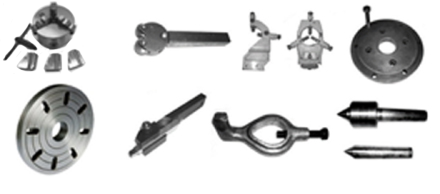
Turning Tools
All turning tools work towards the turning machining process, spinning the raw material against a stationary blade or other cutting tool.
-  Chuck
- Drive Plate
- Face Plate
- Rest
- Center
- Lathe Dog
- Tool Holder
- Knurling
- Center Drill
- Drills
- Remer
- Tap amp; Die
- Files
Milling Tools
Milling tools are used for cutting unique shapes and designs out of raw materials.
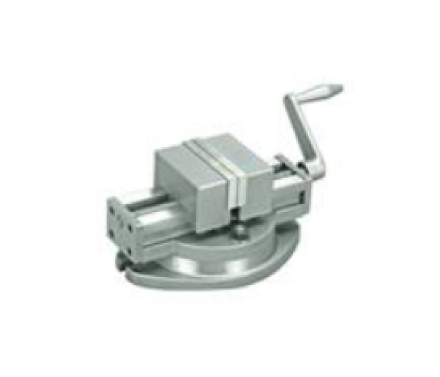
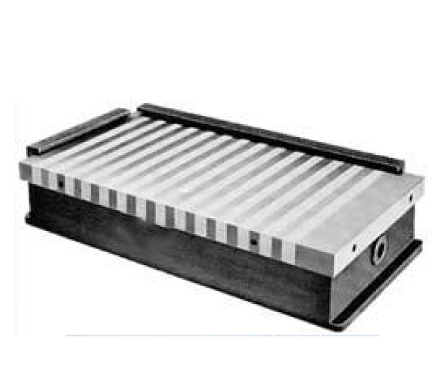
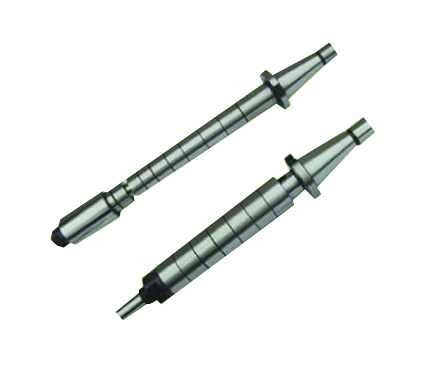
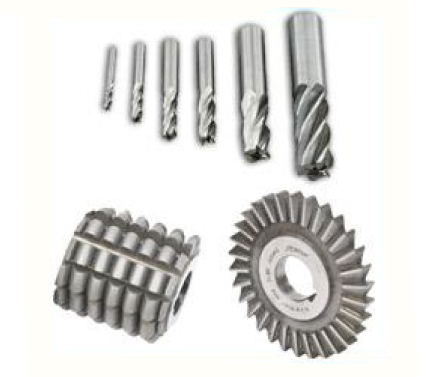
Grinding Tools
Grinding is a type of machining that is related to turning, but involves more of the cleaning rather than the shaping — deburring and the fine finishing of materials all require grinding.
- Motor
- Wheel Guard
- Grinding Wheel
- Tool Rest
- Switch
- Water Pot
- Safety Glass
- Base
Cutting Tools
When precise cuts are required, cutting tools such as shears and saws (manual or electric) allow for straight lines through tough material.
- Fiber Laser Source
- Laser Cutting Head
- Servo Motors
- Water Chiller
- Air Cutting System
- Gas Cylineders
- Body
- Control system
- Stabilizer
- Dust Removal System
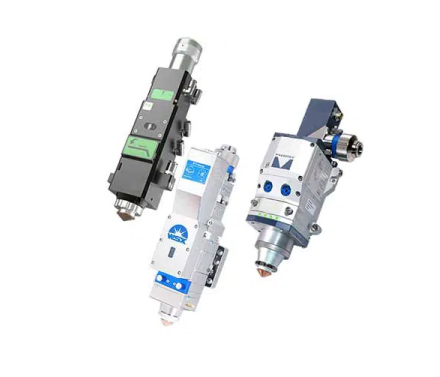
Machining Techniques
The different types of machining and the different tools combine to create specific machining techniques. Cutting, milling, drilling, grinding, boring, and turning are all classic types of precision machining.
A new development in machining practices, however, is the introduction of CNC machining. Computer Numerical Control, CNC, is the addition of computers to machining practices, so rather than relying on human ability, CNC Machining allows for the different cutting, grinding, drilling, etc. tools to be controlled by a computer that is fed precise designs.
บริษัท สุทอง แมชชีนเนอรี่ จำกัด ดำเนินการธุรกิจนำเข้าและเป็นตัวแทนจำหน่ายเครื่องจักรอุตสาหกรรมงานโลหะ เครื่อง CNC และ Cobot (Collaborative Robot) ครบวงจร
- สามารถเข้าชมเครื่องจักรได้ที่โชว์รูม สุทอง แมชชีนเนอรี่
- เวลาเปิดทำการ : จันทร์-เสาร์ (8.00-17.00 น.) โทร 02-896-1818
- ติดตามข่าวสารได้ที่แฟนเพจ : Suthong1990